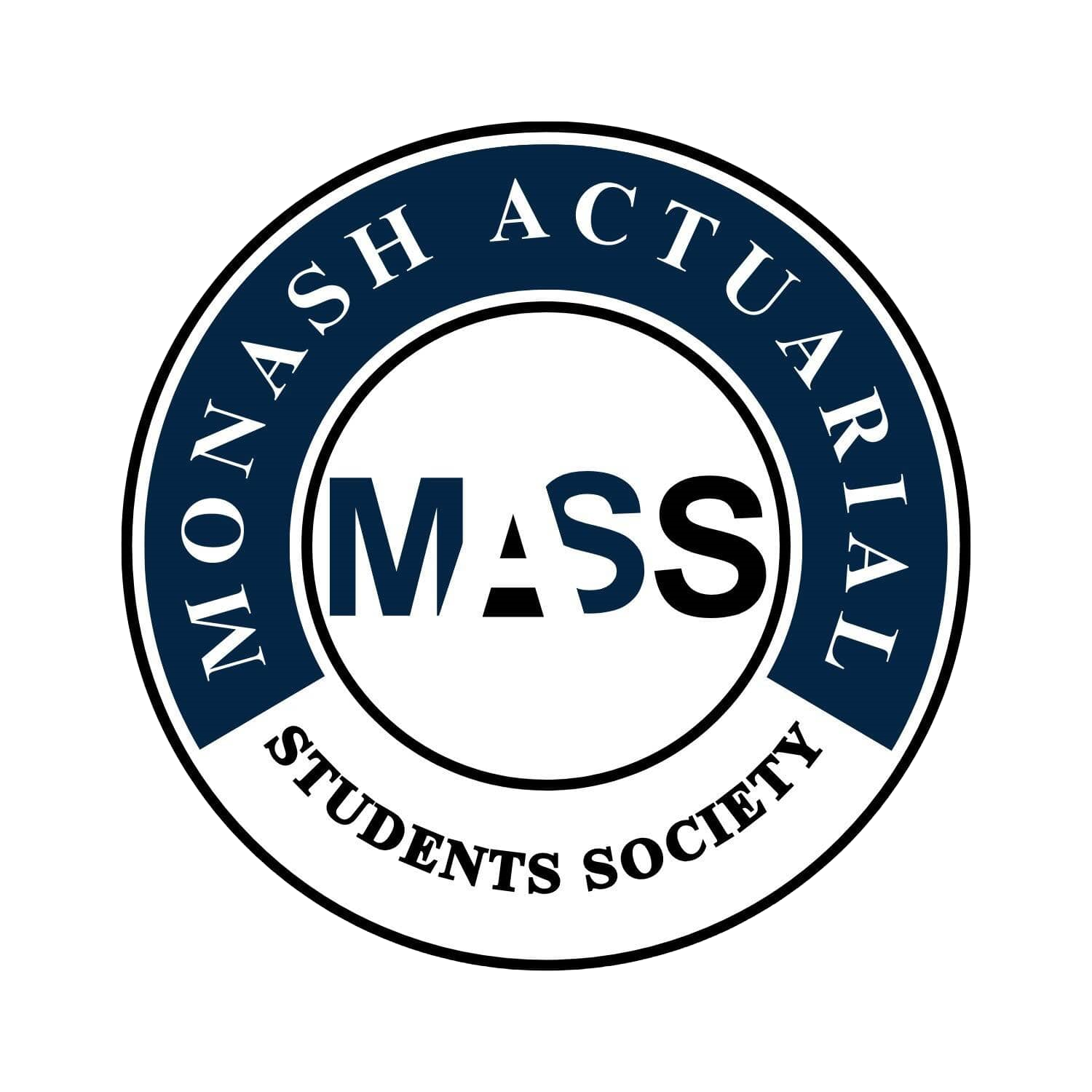ETC3420 / ETC5342 Applied Insurance Methods
Difficulty:
Year Completed: Semester 2, 2020
Prerequisite: ETC2420 or ETC2520
(or MTH2222)
Exemption:
CS2 Risk Modelling and Survival Analysis
ETC2420 (10%), ETC3420 (20%), ETC3430 (50%), ETC3550 (20%)
CM2 Financial Engineering and Loss Reserving
ETC3420 (20%), ETC3460 (25%), ETC3520 (55%)
Weighted average of 70% required. Minimum of 60% required for each unit.
Mean Setu Score: 65.2%
Clarity of Learning Outcomes: 66.6%
Clarity of Assessments: 64.8%
Feedback: 56.2%
Resources: 62%
Engagement: 81%
Satisfaction: 63.8%
Subject Content:
Lecture(s) and Tutorial(s):
Textbook(s):
Assessments:
This unit covered loss distributions, individual risk models,
collective risk models, ruin theory, premium principles and claims
reserving, extreme value theory and copulas.
1 x 2 hour lecture
1 x 1.5 hour tutorial
Statistical and Probabilistic Methods in Actuarial Science - This
textbook is recommended by the lecturer, but is not required for
the unit.
CM2 Core Reading for Institute of Actuaries UK and CS2 Core
Reading for Institute of Actuaries UK - Both are very much relevant
for the unit, with useful notes and questions that serve as an
extension to the tutorial questions.
Individual Assignment 20%
End of Semester Assignment 20%
Final Exam 60%
Comments
As with most pure actuarial-related third year units, this is on the
more difficult end in terms of content. However, I found the unit
quite interesting and applicable to the general insurance
industry, where concepts within this unit are predominantly
applied. This unit serves as a quintessential tool to be able to
acquire and apply these methods in future work.
The lectures themselves were mostly going through already very
comprehensive lecture slides, which, as long as you pair with the
CM2/CS2 texts are more than enough for you to do well.
I would recommend paying close attention to doing and acquiring
as many questions as possible to be able to fully understand the
content, and proceed with the exams smoothly.
The tutors generally go through tutorial questions from the past
week in the tutorials and tutorial solutions are posted at the end
of the week. Some students may find auditory and visual input
provided by the tutors more engaging or easily absorbed so there
definitely is a benefit to attending tutorials.
The first assessment was quite heavy in its content and
expectations, where you were required to perform statistical
modelling and present your results in a neat report. This might
be daunting for people who haven't done any related units (such
as ETC3410, ETC3550 and ETC3580) before. Self-learning and
effective writing techniques are essential to score well in this
assessment, which might be more difficult for some.
The second assessment was relatively much simpler, but the
multiple-choice questions were generally tricky. Each question
also had a very high weighting at around 2.2% per question.
However, students generally do fine if they commit to completing
some of the questions presented on the lecture slides.
The final exam was generally quite tricky as well, as with the
second assessment. However, the questions are quite doable if
there is a lot of emphasis on doing and repeating questions in
the tutorial, lecture slides and CM2/CS2 core reading within a
student's study strategy, since the questions are quite similar.
Like most other actuarial units, this unit is conceptually very
difficult and may require much more attention compared to many
other econometrics units. I would suggest consistent weekly
learning for this unit, and special attention to be paid on
understanding, attempting and repeating questions provided on
the lecture slides, tutorials and the CS2/CM2 core reading.
General Overview:
Lectures:
Tutorials:
Assessments/Other Assessments
Concluding Remarks

